Security Software Development
Security Software development teams of Adequate Infosoft have been working in the Security Sector for decades for companies with core competencies in Application Security having client base in countries like Denmark, Ghana, South Africa, UK, US, Singapore, Netherlands, Malaysia, Sweden, Australia, New Zealand, and other European & Asian countries.
Connect with us

Custom software that incorporates security measures during the development process ensures that the software meets the organization's unique requirements for flawless performance with minimal security risks. Due to the general nature of off-the-shelf software solutions, they are inherently less secure and less tailored to your unique needs in the long run. If you want your systems to run for years without errors and security breaches, it's important to work with a professional software development company that can design, develop, and maintain your software with the latest security enhancements.

At this early stage, requirements for new functions are gathered from various stakeholders. It is important to define the security aspects of the functional requirements for the new release.
Employ a combination of use and misuse cases
The user must be able to check their availability before they can renew their membership.
Conduct security risk assessment and create a risk profile
Users only need to see their own contact information and no one else.
This section covers the scope requirements in a plan for how this should look in the actual application. Here, functional requirements usually describe what should happen, while security requirements usually focus on what shouldn't be.
Privilege Separation
The page must load the user's name, email address, phone number, and address from the CUSTOMER_INFO table in the database and display it on the screen.
Multiple Security Layers
Before retrieving data from the database, we must verify that the user has a valid session token. If not, the user should be redirected to the login page.
Threat Modeling
Threat modeling consists of identifying possible attack scenarios and adding appropriate countermeasures in application design. Modeling identifies potential threats early, thus reducing the associated costs and laying the groundwork for future response plans.
Secure Design
The design document and subsequent updates shall be validated in light of security requirements. Early design reviews help identify services that are exposed to security risks before they are implemented.
Third-party software tracking
Vulnerabilities in third-party components can weaken the entire system, making it important to monitor their security and apply patches if necessary. Regular inspection of third-party software helps identify areas at risk from compromised components and corrects deficiencies.


During the development phase, our teams make sure that they use secure coding standards. While performing the usual code review to ensure the project has the specified features and functions, our developers also pay attention to any security vulnerabilities in the code.
OWASP
One of the principles of Open Web Application Security Project(OWASP) is that all of their material is freely and easily accessible on their website, allowing anyone to improve the security of their own web application. The materials we offer include documentation, tools, videos, and forums.
The purpose of this section is to identify and correct application errors. This includes running automatic and manual tests, identifying and correcting problems. Our SDLC practices suggested in this section is:
Penetration testing
It is a good idea to invite a team of third-party security professionals to simulate possible attacks. External experts rely on their knowledge and intuition to create attack scenarios that the team can ignore.


The software is ready to be installed on the production system, but the process of secure software development isn't finished yet. Microsoft offers a set of practices to stick to after the product has finally seen the light:
Conduct ultimate security review
Identify appropriate security emergency connections, create security service plans for third-party code, and code inherited from other groups within the organization.
Certify the final product
You can uncover vulnerabilities that were missed during previous scans. The final review should verify that all misuse and security risks identified in the requirements analysis phase are being addressed.
Execute incidence response plan
It helps to ensure that all software requirements are met. And archiving helps you perform additional maintenance operations.

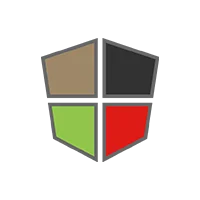 Mean Stack Development
Mean Stack Development
 Vue JS Development
Vue JS Development
 Javascript Development
Javascript Development
 React JS Development
React JS Development
 Angular JS Development
Angular JS Development
 Next JS development
Next JS development
 Java Development
Java Development
 Python Development
Python Development
 Django Development
Django Development
 Cherrypy Development
Cherrypy Development
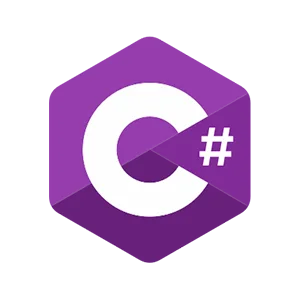 C# Development
C# Development
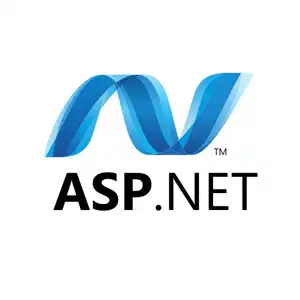 ASP.NET Development
ASP.NET Development
 NodeJS Development
NodeJS Development
 Laravel Development
Laravel Development
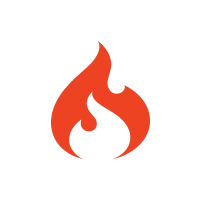 CodeIgniter Development
CodeIgniter Development
 Zend Development
Zend Development
 Ruby on Rails Development
Ruby on Rails Development
 CakePHP Development
CakePHP Development
 PHP Website Development
PHP Website Development
 Symfony Development
Symfony Development
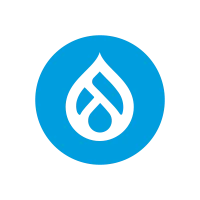 Drupal Development
Drupal Development
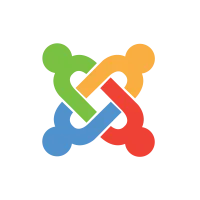 Joomla Development
Joomla Development
 Wordpress Development
Wordpress Development
 .NET Nuke Development
.NET Nuke Development
 Kentico
Kentico
 Umbraco
Umbraco
 .NET MAUI Development
.NET MAUI Development
 Xamarin Application Development
Xamarin Application Development
 iOS Application Development
iOS Application Development
 Android Application Development
Android Application Development
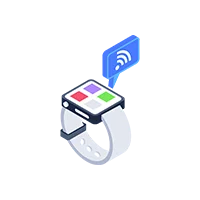 Android Wear App Development
Android Wear App Development
 Ionic Development
Ionic Development
 Universal Windows Platform (UWP)
Universal Windows Platform (UWP)
 Kotlin Application Development
Kotlin Application Development
 Swift Application Development
Swift Application Development
 Flutter Application Development
Flutter Application Development
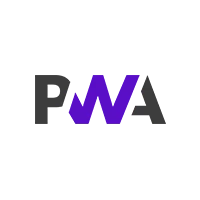 PWA Application Development
PWA Application Development
 Offshore Software Development
Offshore Software Development
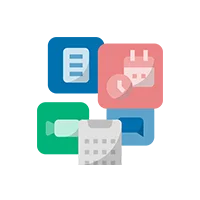 Custom Application Development
Custom Application Development
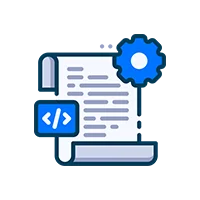 Front-End Development
Front-End Development
 Full Stack Development
Full Stack Development
 AI & Machine Learning
AI & Machine Learning
 Custom CRM Solutions
Custom CRM Solutions
 Flask Software Development
Flask Software Development
 Electron JS Development
Electron JS Development
 ChatGPT Development
ChatGPT Development
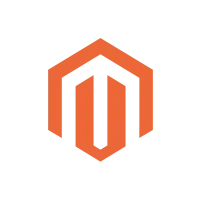 Magento Development
Magento Development
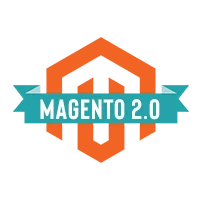 Magento 2.0 Development
Magento 2.0 Development
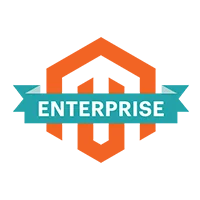 Magento Enterprise
Magento Enterprise
 Shopping Cart Development
Shopping Cart Development
 Prestashop Development
Prestashop Development
 Shopify Development
Shopify Development
 Open Cart Development
Open Cart Development
 WooCommerce Development
WooCommerce Development
 BigCommerce Development
BigCommerce Development
 NopCommerce Development
NopCommerce Development
 Virto Commerce Development
Virto Commerce Development
 AspDotNetStorefront Development
AspDotNetStorefront Development
 RaspBerry Pi
RaspBerry Pi
 Firmware Software Development
Firmware Software Development
 ESP 32 Software Development
ESP 32 Software Development
 Embedded Development
Embedded Development
 Internet of Things
Internet of Things
 Nordic Development
Nordic Development
 .NET Application Development
.NET Application Development
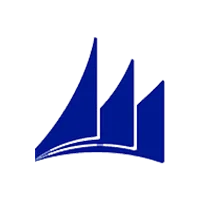 Microsoft Dynamics CRM
Microsoft Dynamics CRM
 VB .NET Development
VB .NET Development
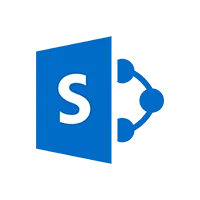 Sharepoint Migration
Sharepoint Migration
 ASP.NET Core Development
ASP.NET Core Development
 ASP.NET MVC Development
ASP.NET MVC Development
 AJAX Development
AJAX Development
 Agile Development
Agile Development
 Microsoft Bot
Microsoft Bot
 Microsoft Blazor
Microsoft Blazor
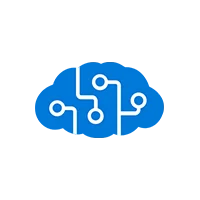 Microsoft Azure Cognitive
Microsoft Azure Cognitive
 HTML 5
HTML 5
 UI/UX Design
UI/UX Design
 Graphic Design
Graphic Design
 Adobe Photoshop
Adobe Photoshop
 XML Application Development
XML Application Development
 Cloud Computing Solutions
Cloud Computing Solutions
 Azure Cloud App Development
Azure Cloud App Development
 AWS Development
AWS Development
 Google Cloud Development
Google Cloud Development
 SQL Programming Development
SQL Programming Development
 MySQL Development
MySQL Development
 MongoDB Development
MongoDB Development
 Big Data
Big Data
 Robotic Process Automation
Robotic Process Automation
 Social Media Marketing
Social Media Marketing
 Search Engine Optimization
Search Engine Optimization
 QA Testing
QA Testing
 Software Testing
Software Testing
 Software Security
Software Security
 Maintenance And Support
Maintenance And Support
 I.T. Consulting Services
I.T. Consulting Services
 Business Intelligence
Business Intelligence
 YII Development
YII Development
 Data Analysis
Data Analysis
 Alexa Skills Development
Alexa Skills Development
 On Demand App for Mobile repairing services
On Demand App for Mobile repairing services
 On Demand App for Car Service Booking
On Demand App for Car Service Booking
 On Demand App for Cleaning Services
On Demand App for Cleaning Services
 On Demand App for Pharmacy
On Demand App for Pharmacy
 On Demand Dedicated Developers
On Demand Dedicated Developers










